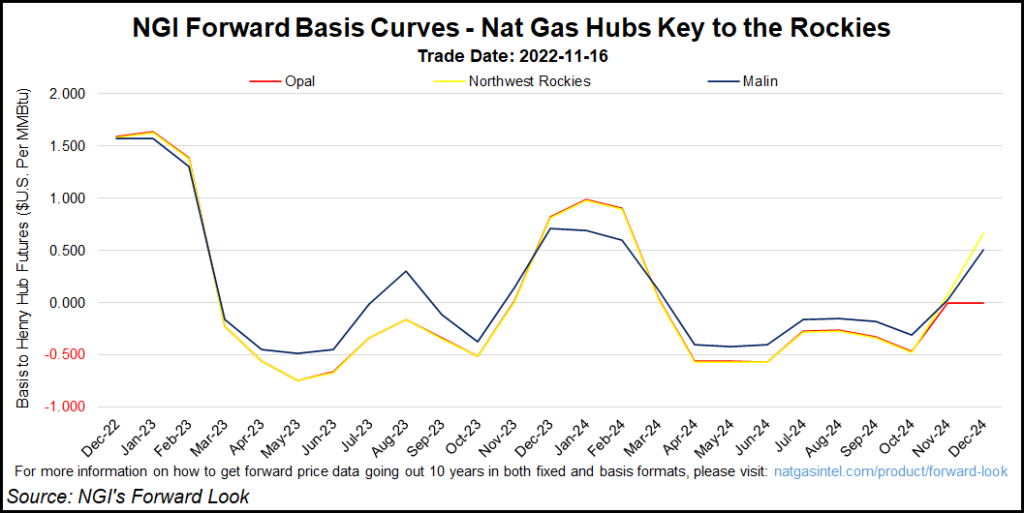Infrastructure | Daily GPI | NGI All News Access | NGI The Weekly Gas Market Report | Other Plays
Spire’s Wyoming Natural Gas Storage Expansion Designed to Smooth Out Renewable Volatility
© 2024 Natural Gas Intelligence. All rights reserved.
ISSN © 1532-1231 | ISSN © 2577-9877 | ISSN © 1532-1266 | ISSN © 2158-8023 |



